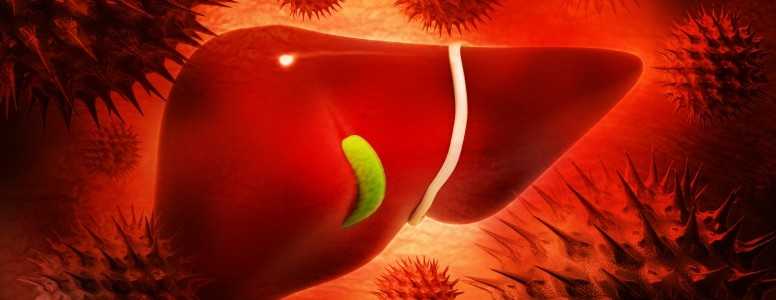A new study describes how a nutrient-sensing pathway closely related to insulin controls the ability of the liver to metabolise fat and levels of triglycerides in the blood.
One common feature of metabolic problems like insulin resistance and type 2 diabetes is impaired triglyceride production. This can lead to increased liver fat buildup and raise risks for non-alcoholic fatty liver disease (NAFLD) or worsen cardiovascular health.
Scientists knew that the production of fatty acids and triglycerides and their release into the blood is closely related to diet, energy intake and insulin levels.
After a meal, insulin signals to the liver to spare excess calories and store it as fat in the form of triglycerides to be later released into the blood and utilised by the body. This process is called de novo lipogenesis.
Here, researchers from the Perelman School of Medicine at the University of Pennsylvania have found that this process is at least partly mediated by a protein related to the nutrient-sensing pathway mTOR.
This protein, known as mTORC1, is needed to transform stored fatty acids and other substrates into very low density lipoprotein (VLDL) cholesterol particles that distribute triglycerides produced by the liver.
In people who are insulin resistant, mTORC1 becomes overstimulated in the liver and the net result of this is excess triglyceride production and export which leads to abnormal levels of triglycerides in the blood.
In this study, researchers tested the effects of silencing mTORC1 in the liver cells of mice. They found that this led to a buildup of triglycerides in the liver potentially raising the risk for NAFLD.
On the other hand, an hyperactivation of mTORC1 resulted in a disproportionate increase in liver triglyceride output which raised the animals’ blood triglycerides.
Researchers believe that one way to mitigate disease risks and positively affect triglyceride production is to keep mTORC1 levels balanced. The team will have to conduct further research to determine how to modulate the activity of mTORC1 in order to achieve this.
Diet composition does matter to reduce risks associated with higher blood triglyceride levels. Excess carbohydrates are easily converted to fatty acids and deposited for storage as triglycerides in the liver and fat tissue.
On a low-carb diet, however, triglycerides levels typically go down and it is one way that people with type 2 diabetes can obtain better cholesterol levels.
The findings were published in the Journal of Clinical Investigation (JCI).
What's new on the forum? ⭐️
Get our free newsletters
Stay up to date with the latest news, research and breakthroughs.








